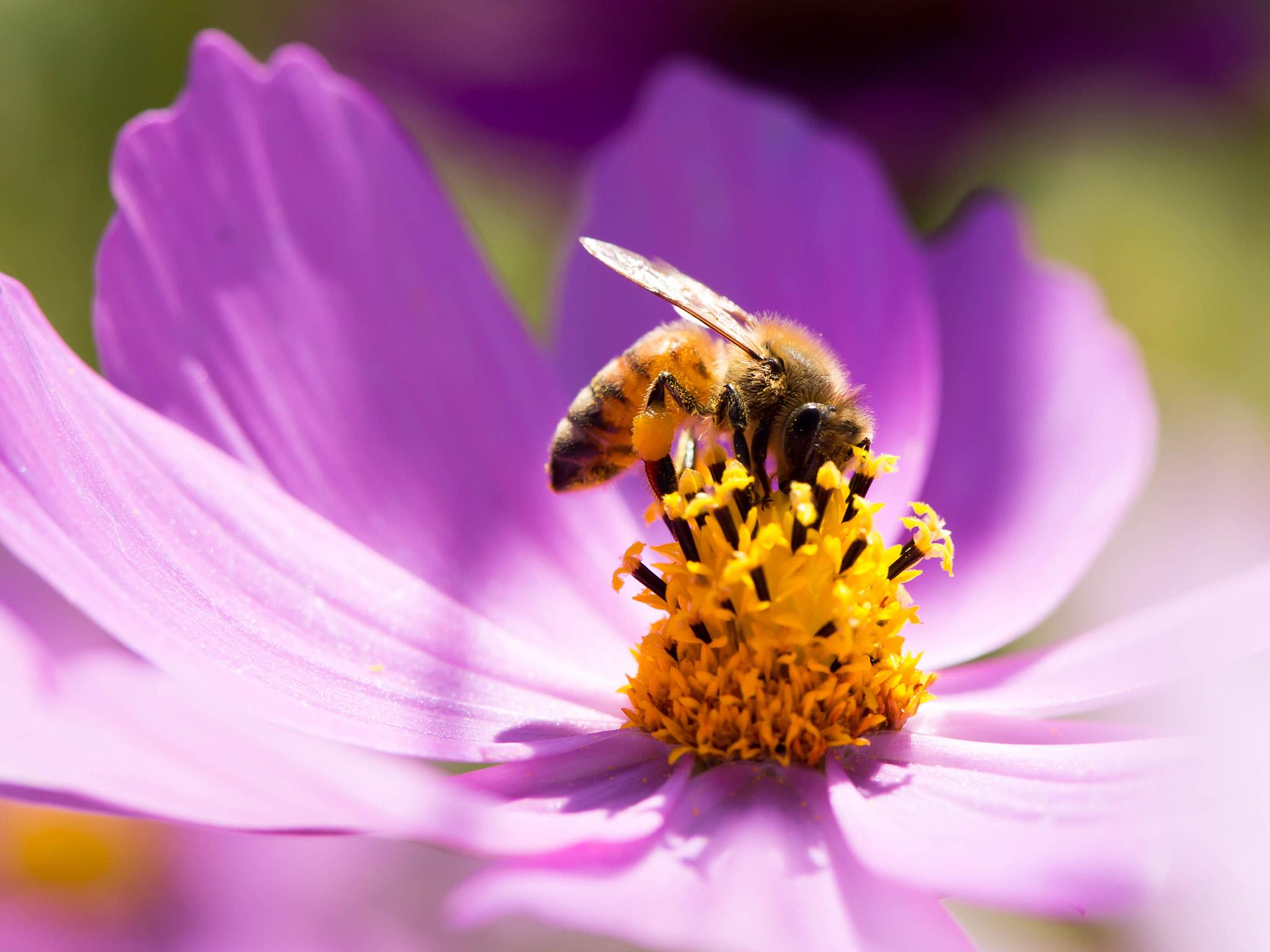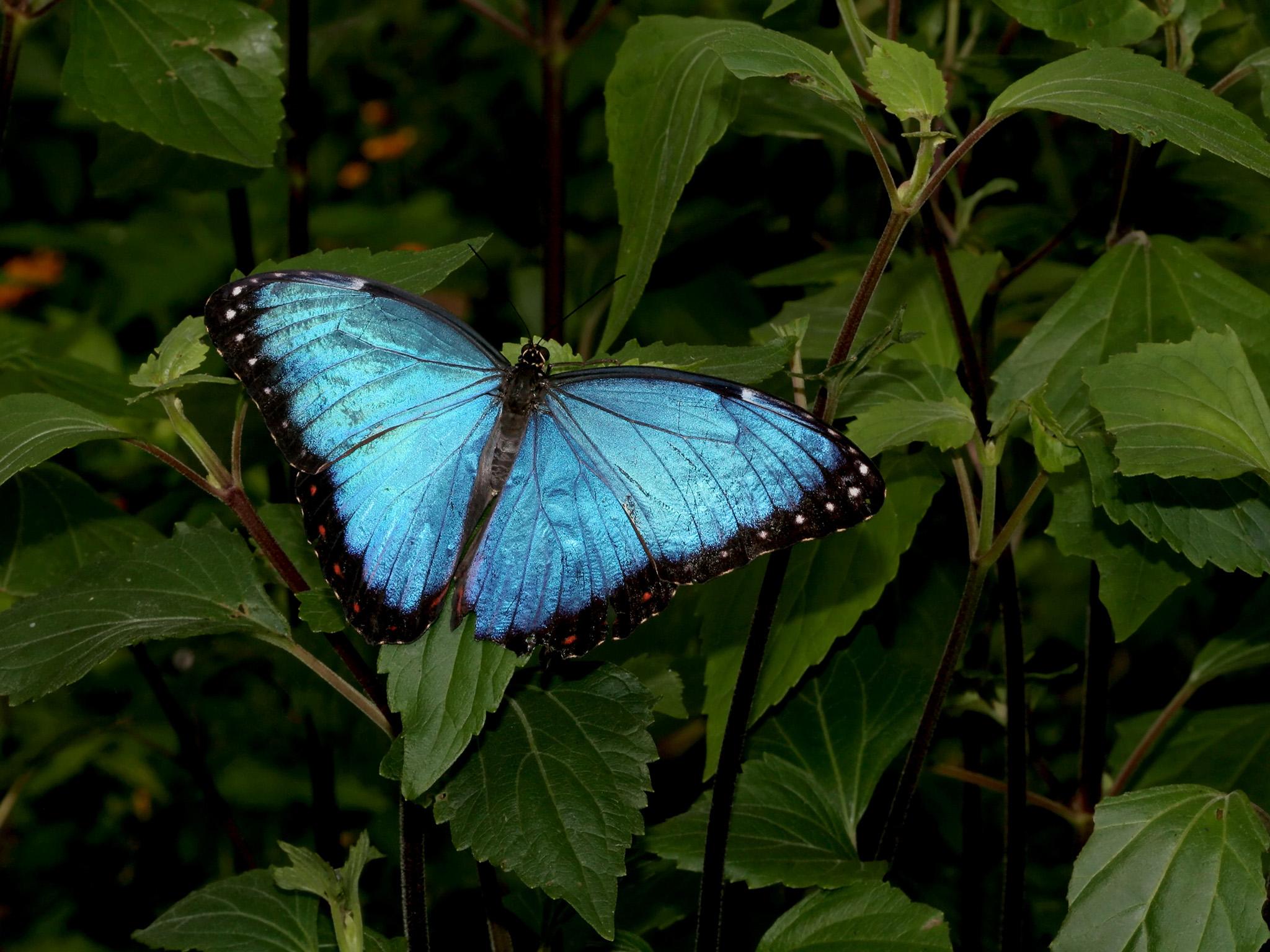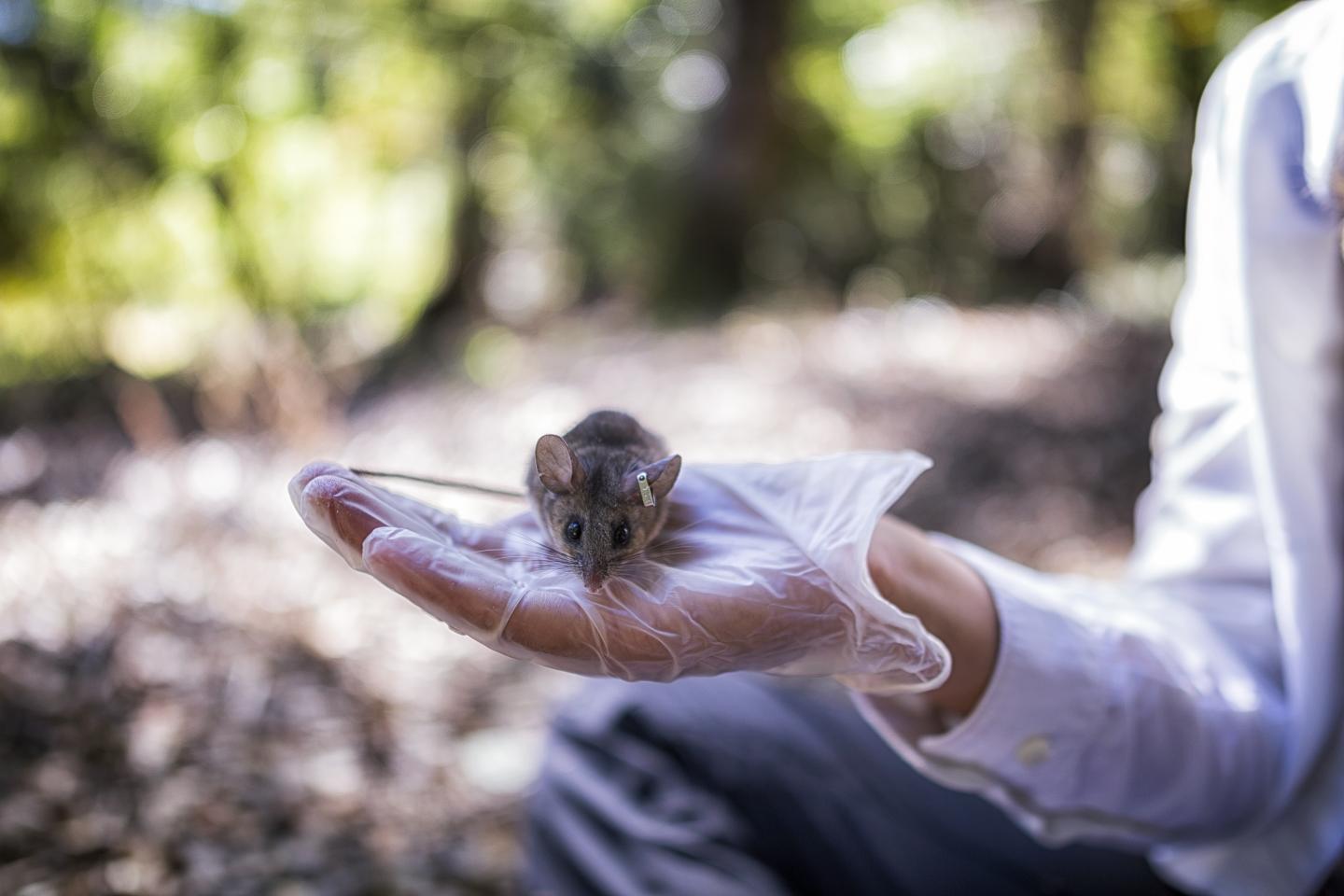https://www.independent.co.uk/environment/landscape-of-fear-humans-lethal-effect-predators-pumas-bobcats-a9008281.html
Carnivores like pumas, bobcats and skunks are so afraid of humans they hunt drastically less when they sense their presence, potentially harming the species’ long-term survival, according to a new study.
Scientists said this “landscape of fear” inadvertently benefits rodents which are more able to forage without fear of getting caught. This shows humans have a profound effect on ecosystems even if they are not hunting or destroying habitats.
“Our results indicate that many of the globally observed impacts on wildlife attributed to anthropogenic activity may be explained by fear of humans,” researchers wrote in the paper, published in Ecology Letters.
The study is the first large-scale research into how fear of humans cascades through the food web from top predators to the smallest prey.
Lead author Justin Suraci, a postdoctoral researcher at the University of California Santa Cruz, said: “Humans are sufficiently scary to pumas and smaller predators that they suppressed their behaviour and changed the way they used their habitats when they thought we were around.”
Show all 12
Scientists looked at two remote sites in the Santa Cruz Mountains that are closed to the public. They placed 25 speakers in a grid pattern across an area of one square kilometre and broadcast human voices.
Pumas significantly reduced their activity when they heard human voices and bobcats became more nocturnal. Skunks reduced their overall activity by 40 per cent and opossums reduced their foraging activity by 60 per cent.
Dr Suraci said: “Bobcats pretty much gave up on daytime activity, shifting almost entirely to the night, when they presumably feel safer. These predators aren’t necessarily leaving the area, they’re just less active, presumably because they’re hiding more.”
At the same time their prey became much more audacious. Deer mice increased their activity by 45 per cent and mice and wood rats increased their levels of foraging by 17 per cent.
Dr Suraci said: “They were apparently responding to the reduced activity of everybody else. They’re feeling braver, so they’re moving around more and finding more food.
“They’re not too averse to people, so they’re taking advantage of the opportunity.”
“Humans are incredibly lethal. We are major predators, and thus a source of fear, for a lot of these species. What’s novel about this study is that we can see what that fear looks like in the environment at a relatively large scale.”
Scientists are worried these behavioural changes could have dire consequences for predators if their food intake drops. They want to look in more depth at the costs of living near humans for specific species.
Senior author Chris Wilmers, a professor from UC Santa Cruz, previously studied how fear of humans affects mountain lions.
He said: “With human population growth and development, there is often a dual mandate to preserve wildlife and give people access to open spaces.
“This research starts to get at how we can realistically do both. We need to understand how animals react to our presence to make decisions and craft policies that protect their wellbeing.”








沒有留言:
張貼留言